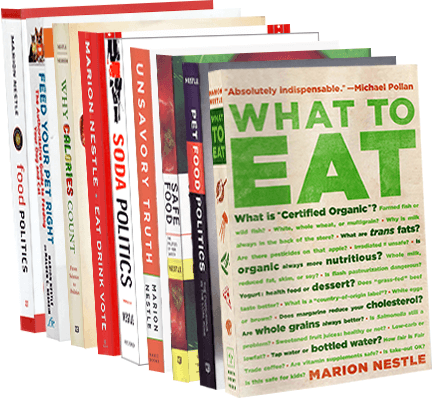As readers of this blog know, I am not a fan of health claims on food packages or supplements. I think they are inherently misleading. It’s hard for me to believe that eating any one food product or supplement will have a significant effect on disease risk.
It is one thing to say that a nutrient is required for good health. It is quite another to say that products containing that nutrient are going to have the same effect. We would all be better off eating foods rather than food products.
That’s why health claims are really about marketing, not health.
Food marketers work hard to get approval for health claims. America is well ahead of Europe in allowing them. European regulatory agencies are still trying to hold health claims to reasonable scientific standards.
The European Food Safety Authority (EFSA) has been turning down requests for health claims right and left, but recently broke down and approved one for iron, requested by the Association de la Transformation Laitière Française, a trade association of French dairy cooperatives. Iron, of course, is an essential nutrient.
EFSA said the association could say: “Iron contributes to normal cognitive development of children.” But EFSA said the association could not say: “Iron is necessary for the cognitive development of children.”
I don’t think dairy products should say either, but that’s just me.
As for supplements: In December, Food Chemical News reported that supplement firms in the European Union are considering filing a case with the World Trade Organization over EFSA’s refusal of so many of their proposed claims. They consider the rejections a barrier to trade. The firms are looking for a non-European Union country to make their case.
Never underestimate the self-interest of makers of food products and supplements in the struggles over health claims.

